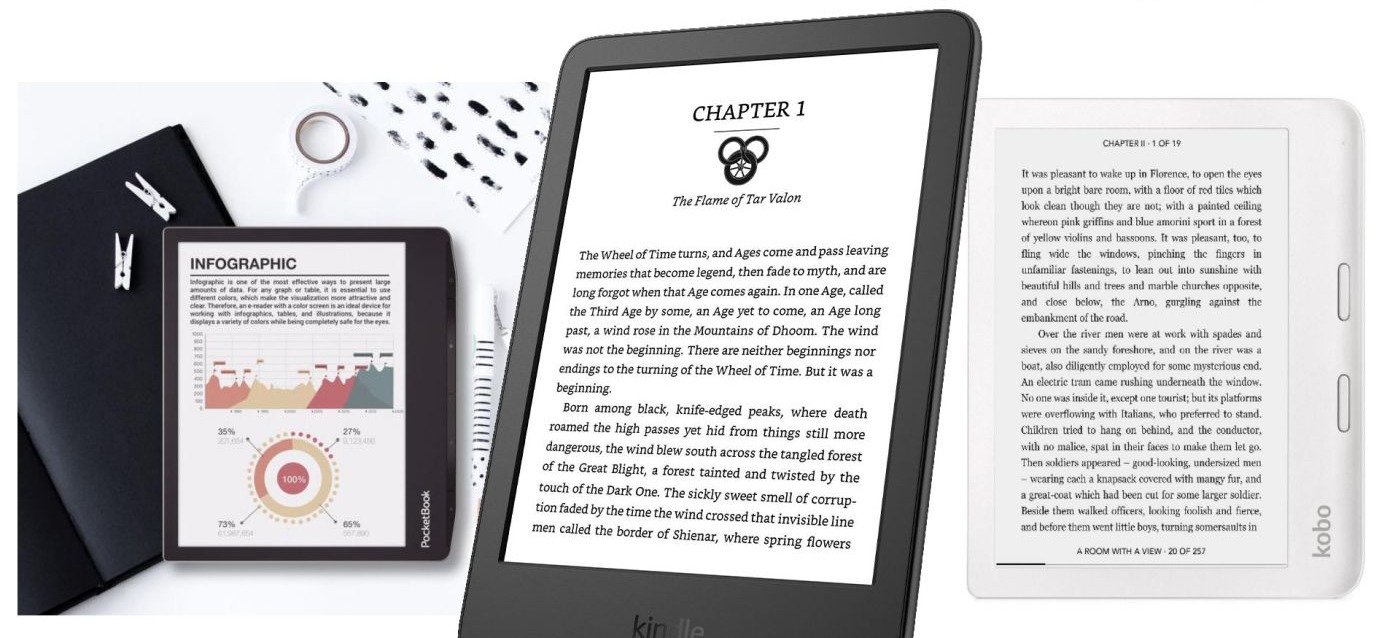
I'm going to compare the major Kindle, Kobo, Pocketbook and Nook e-reader brands to observe the differences, advantages and disadvantages and make the right choice.
But first of all, if you want to treat yourself to a cheap e-reader, here's the list of discounts available right now and the most affordable e-readers:
E-reader sales and discount
Kindle Paperwhite
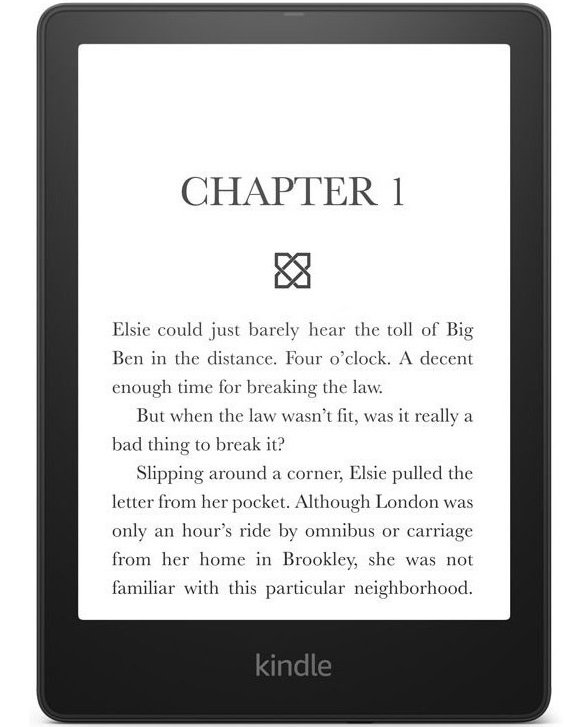
7" e-reader - 1680 x 1264 pixels e ink screen - Ebook formats supported: Kindle Format 8 (AZW3), Kindle (AZW), TXT, PDF, EPUB (converted), MOBI, PRC; HTML, DOC, DOCX, JPEG, GIF, PNG, BMP
Best value for the money Kindle eReader⭐⭐⭐⭐⭐
Kindle Colorsoft

7" e-reader - 300PPP e ink screen - Ebook formats supported: Kindle Format 8 (AZW3), Kindle (AZW), TXT, PDF, EPUB (converted), MOBI, PRC; HTML, DOC, DOCX, JPEG, GIF, PNG, BMP
Only Color Kindle e-Reader available, but a little expensive ⭐⭐⭐⭐
Kindle Scribe
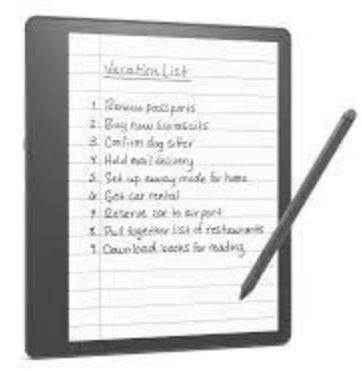
10.2" e-reader - 1860 x 2480 pixels e ink screen - Ebook formats supported: Kindle Format 8 (AZW3), Kindle (AZW), TXT, PDF, MOBI unprotected, PRC ; HTML, DOC, DOCX, JPEG, GIF, PNG, BMP, EPUB (converted)
Expensive eReader with large screen. A device better suited for work as a note taking device ⭐⭐⭐
Kindle
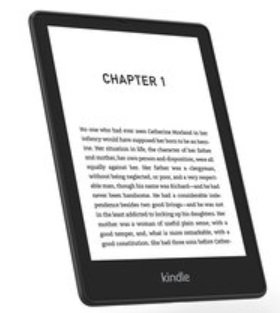
6" e-reader - 1448 x 1072 pixels e ink screen - Ebook formats supported: Kindle Format 8 (AZW3), Kindle (AZW), TXT, PDF, EPUB, MOBI, PRC; HTML, DOC, DOCX, JPEG, GIF, PNG, BMP
Very good ereader at a good price ⭐⭐⭐⭐⭐
Kindle e-readers: pros and cons
Kindle Paperwhite

7" e-reader - 1680 x 1264 pixels e ink screen - Ebook formats supported: Kindle Format 8 (AZW3), Kindle (AZW), TXT, PDF, EPUB (converted), MOBI, PRC; HTML, DOC, DOCX, JPEG, GIF, PNG, BMP
Kindle Colorsoft

7" e-reader - 300PPP e ink screen - Ebook formats supported: Kindle Format 8 (AZW3), Kindle (AZW), TXT, PDF, EPUB (converted), MOBI, PRC; HTML, DOC, DOCX, JPEG, GIF, PNG, BMP
Kindle Scribe

10.2" e-reader - 1860 x 2480 pixels e ink screen - Ebook formats supported: Kindle Format 8 (AZW3), Kindle (AZW), TXT, PDF, MOBI unprotected, PRC ; HTML, DOC, DOCX, JPEG, GIF, PNG, BMP, EPUB (converted)
Kindle

6" e-reader - 1448 x 1072 pixels e ink screen - Ebook formats supported: Kindle Format 8 (AZW3), Kindle (AZW), TXT, PDF, EPUB, MOBI, PRC; HTML, DOC, DOCX, JPEG, GIF, PNG, BMP
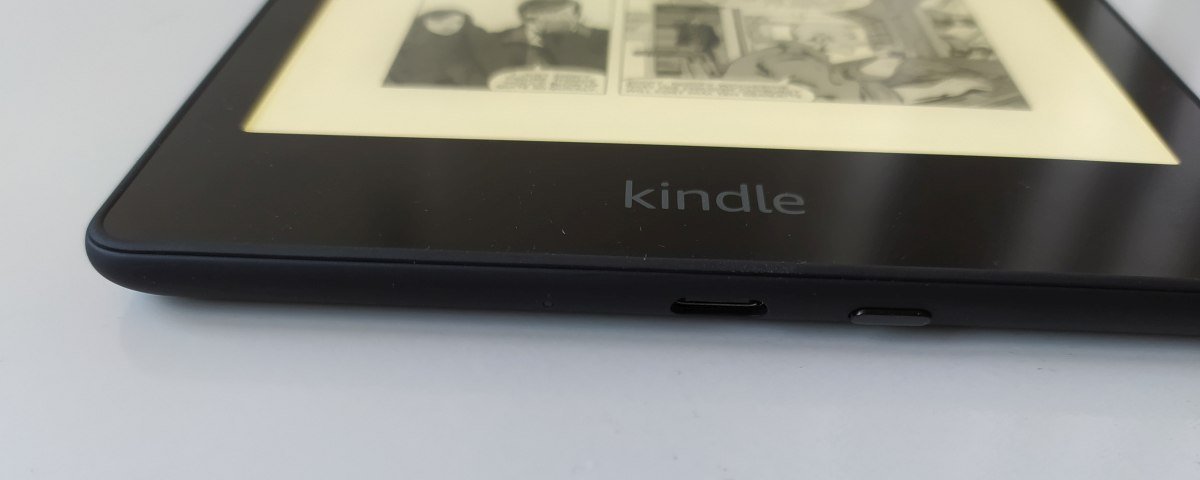
Kindle e-readers are a brand of e-commerce giant Amazon.
It was also one of the first brands to launch e-book readers (with e-ink screens) on the market.
There are e-readers at every price point, with an entry-level reading machine with a 6-inch screen (Kindle), a slightly larger e-reader with excellent value for money (6.8-inch Kindle Paperwhite) and more expensive e-readers with a larger screen (Kindle Oasis and Kindle Scribe).
The first special feature of Kindle e-readers is that they are compatible with both Amazon reading services:
- Prime Reading for free ebooks every month (requires Amazon Prime)
- Kindle Unlimited Subscription for a large library of digital books to download (but requires a monthly subscription).These two services are only available from Kindle, although Kobo offers a similar monthly subscription with Kobo Plus.
Another important point: Kindle e-readers offer excellent value for money, with prices a few $ lower than the competition for the same features and dimensions.
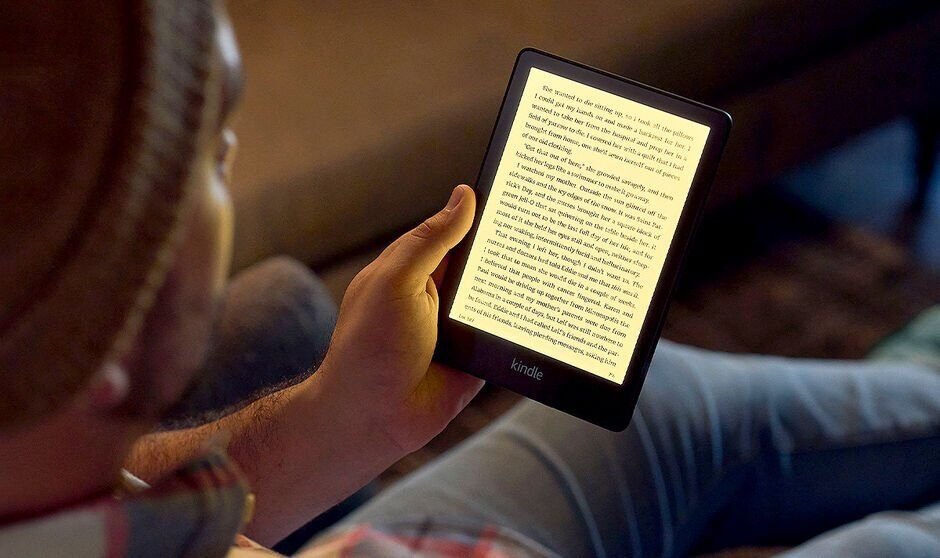
The Kindle software is also the easiest to use: everything is very clear, making it ideal for beginners. This simplicity also comes at a price: it offers fewer options than software from other brands.
There is, however, one major drawback with Kindle e-readers. Because of the strong integration with Amazon's services, you'll have a hard time transferring your ebooks to another brand's e-reader. To put it plainly: it's even impossible if you don't have very strong computer skills.
To find out more, I refer you to this article: which is the best Kindle?
Kobo e-readers: advantages and disadvantages
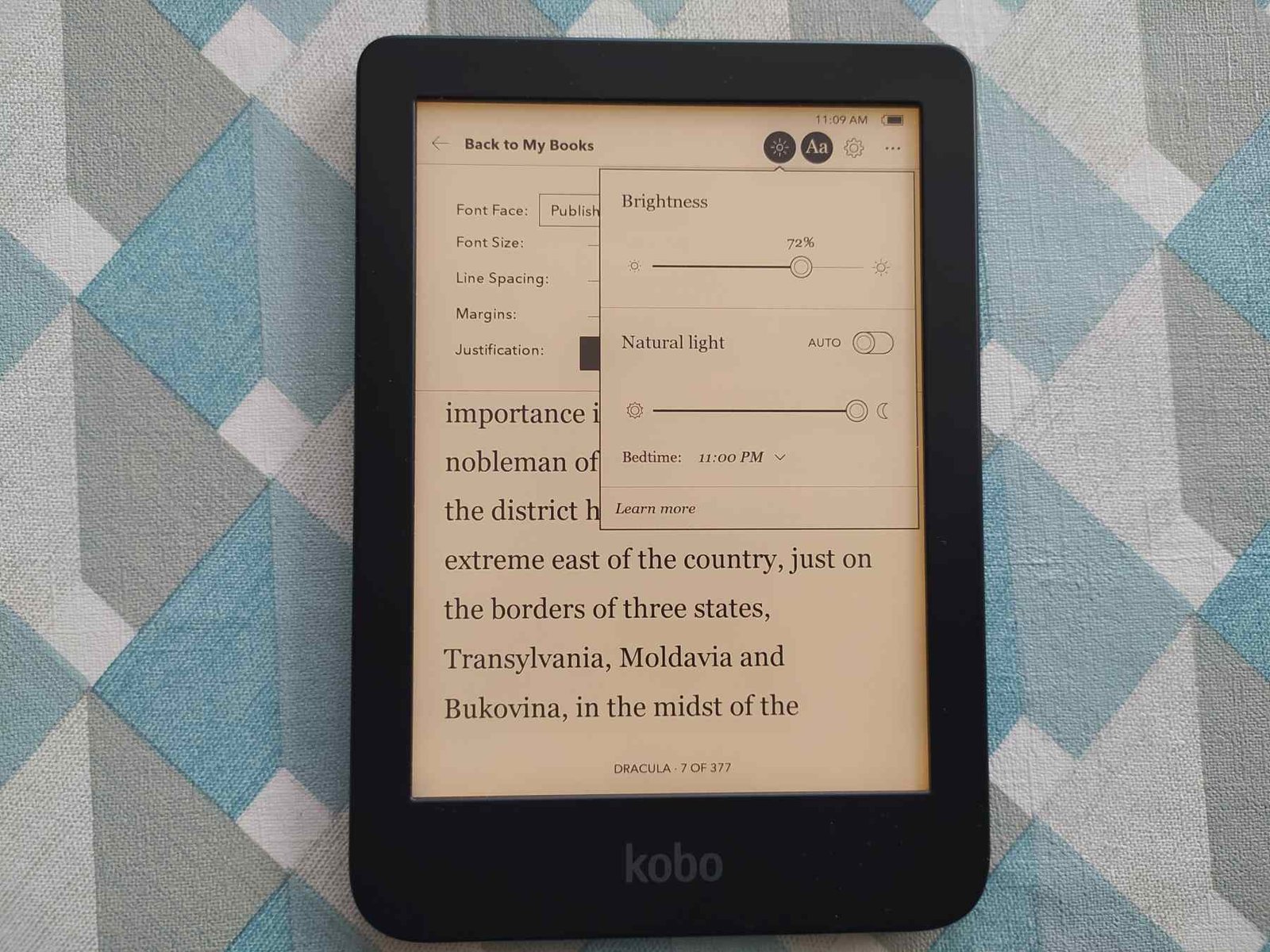
Kobo is a brand that was launched in Canada, but has belonged to the Japanese Rakuten group for some years now.
The Kobo e-reader range is comprehensive, with a first affordable 6-inch e-reader (the Kobo Nia), an excellent mid-range e-reader with a 7-inch screen (Kobo Libra Colour) and other equally good models (Kobo Clara Colour, Kobo Sage t Kobo Elipsa 2E).
A first advantage of Kobo e-readers is that mid-range and high-end models have a color screen are compatible with Kobo audiobooks. So, if you're already using the Kobo Books app on your smartphone or tablet, you'll be able to enjoy your audiobook library on your e-reader (with a Bluetooth device for sound).
The Kobo Libra Colour is an original e-reader offering excellent value for money. Thanks to its 7-inch color screen and specially shaped casing (with buttons on the side), it's undoubtedly one of the best ebook readers available today.
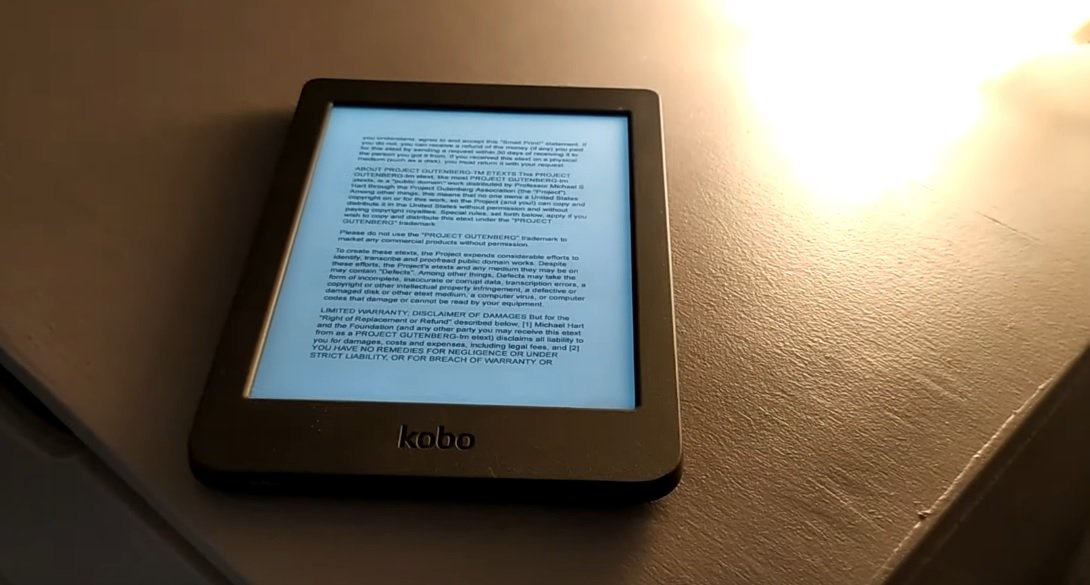
Another point: if you read a lot of articles on websites, you can send them to your e-reader with the Pocket service.
The software is more comprehensive than Kindle's (but less so than Pocketbook's), and you'll have plenty of statistics on your reading habits.
On the downside, I don't think the Kobo Nia is a great e-reader because of its slowness. If you're looking for a really inexpensive e-reader, you'll find better value with a Kindle or Pocketbook e-reader.
To find out more and choose the right Kobo e-reader, read this page: what's the best Kobo e-reader?
Pocketbook e-readers: pros and cons
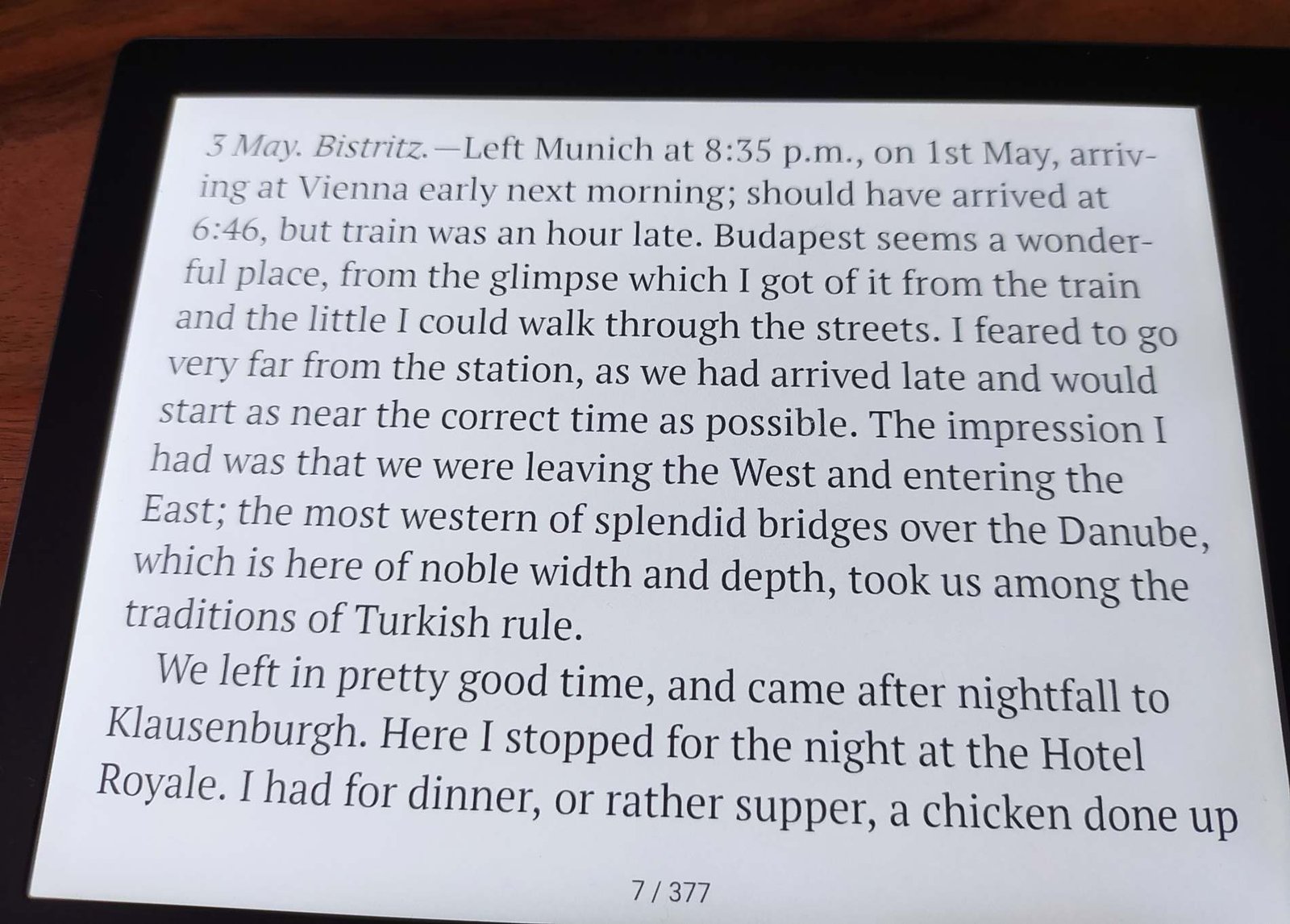
Pocketbook is a European e-reader brand that offers a wide range of features and the latest hardware and software.
The range is very comprehensive, from an affordable 6-inch e-reader (Pocketbook Verse) to a large 7.8-inch e-ink e-reader (Pocketbook InkPad 4).
Overall, the price is the same than that of other e-readers manufacturers.
On the plus side, Pocketbook e-readers are available on a wide range of models and, on the Internet, they are often discounted, so you're sure to find a bargain. Don't forget to check our e-reader discounts page regularly to take advantage of them.
They also have color e-readers like Kobo.

The Pocketbook e-reader software is very comprehensive, but can seem too full of options and settings, which can confuse those less at ease with electronic devices. Fortunately, the reader can be used without touching anything.
A good point for audio lovers, since the mid-range and top-of-the-range Pocketbook e-readers offer playback of audiobooks (and MP3s) as well as a text-to-speech function that transforms ebooks into audio books (with a somewhat robotic voice).
To help you choose your e-reader, here's a page you may be interested in: what's the best Pocketbook e-reader?
Nook e-readers: pros and cons
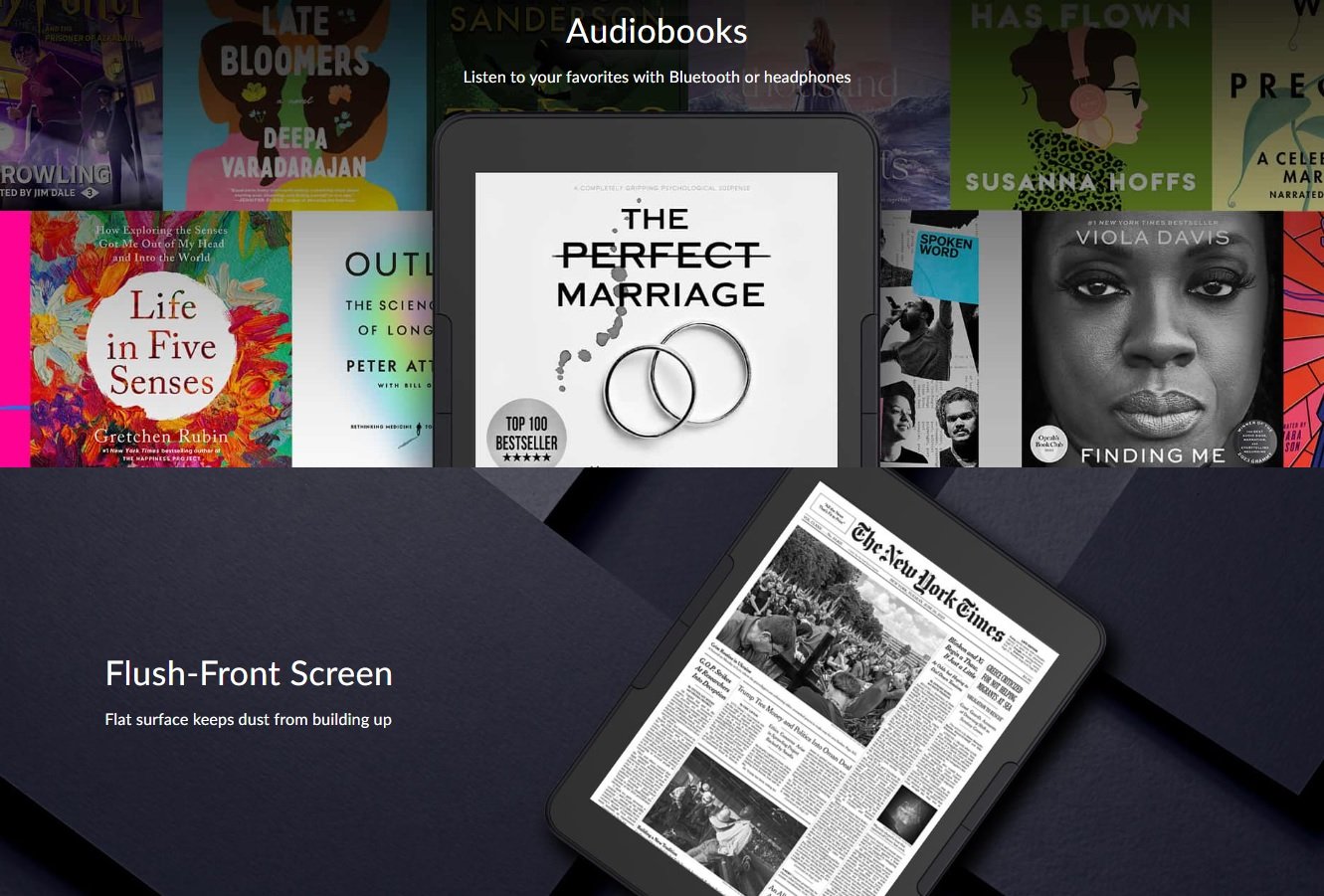
Nook e-readers are a line of e-readers developed and sold by Barnes & Noble.
The first Nook was released in 2009, and the line has since expanded to include a variety of models, including the Nook Simple Touch, Nook Glowlight, and Nook Tablet.
Nook eReaders are designed for reading eBooks, and they offer a variety of features that make them comfortable and convenient for reading, such as a long-lasting battery, a backlit display, and a variety of font sizes and styles.
One negative point is that the brand offers few different models.
But if you're already a Barnes & Noble customer, you can buy a Nook e-reader.
Personally, I find their e-reader models a little dated, and I think there are better alternatives from other brands.
Kindle, Kobo, Nook: different book library
If you're a big reader, you'll want to look for the e-reader with the most comprehensive library. In fact, each e-reader lets you buy and download books directly from your reading machine with a simple WiFi connection!
Of course, you can always take advantage of discounts on digital books or download free ebooks to put on your e-reader.
However, it's important to remember that not all e-reader libraries contain the same books.
Here are some of the differences:
- Kindle bookstore: this is the one with the widest choice, with a worldwide catalog and many English-language and self-published books (so if you read books in languages other than Englisg, this could be interesting),
- Kobo bookstore: less comprehensive than Kindle, but still with many titles available, including in other languages,
- Nook bookstore: very comprehensive for all English-language books, its foreign-language catalog is less comprehensive than the other two.
While the Kobo bookshop is the least comprehensive, Kobo e-readers are the most compatible with Overdrive.
So, if you have a library card, you'll probably be able to borrow digital books and read them on your Kobo e-reader without having to pay extra!
Kobo, Pocketbook, Nook and Kindle e-reader screens

All the e-readers from these 4 brands use e-ink screens manufactured by the same company and using the same technology.
So there's no real material difference, except that the more expensive e-readers have better definition, color, with more pixels for better resolution and finer text display.
If you notice noticeable differences in display between ebooks on different brands, it's because :
- Either one of the e-readers displays more pixels
- Or the e-reader software displays the characters differently.
Finally, please note that all these e-readers offer an illuminated display, with slightly different lighting between brands. Sometimes the rendering is more contrasty, sometimes softer on the eyes.

In both cases, this is a personal preference, not an objective one, and if you don't like the lighting, it's always possible to reduce it to a minimum on all e-readers.
Conclusion: how to choose?
Now that we've taken a look at what these 4 e-reader brands have to offer (Kindle, Kobo, Nook and Pocketbook), you've probably already got a good idea of which brand you're most interested in, based on the differences we've seen.
Before making your choice, the most important thing is to choose a ereader you like.
In other words, one that makes you want to read. Design is therefore a very important point.
Because the most important thing is to enjoy reading!
If you're ready to be tempted by a e-reader, you can now read our guide to the best e-readers of the moment, updated every month.
If you liked this article, consider sharing this page on social network or to someone that could benefit from the information.








